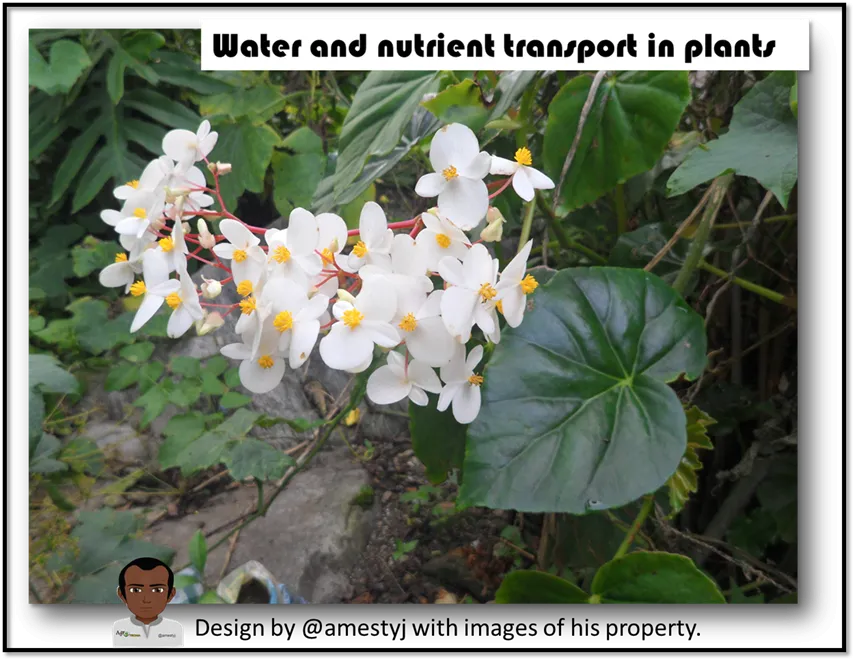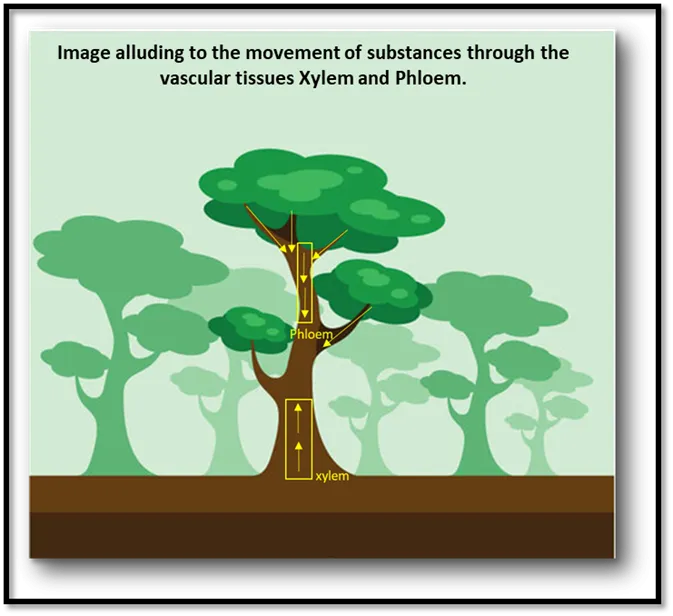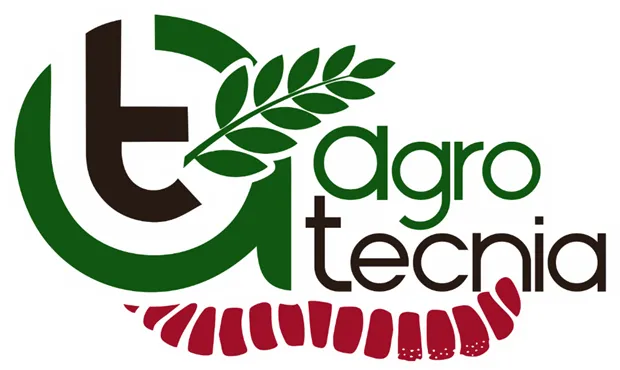Dear readers, we all know that plants require water and nutrients to maintain their metabolic process and therefore be able to stay active, in the case of the agricultural area where crops of food and economic interest are planted, it must be ensured that these elements are in adequate quantities to obtain excellent yields. Of course, in order to collect and transport water and nutrients, the plant requires an efficient transport system that guarantees the proper functioning of the cells that compose it.

In that sense, plants have a series of organs known to all, we refer to the root, stem and leaves, which within the functions is the transformation and transport of absorbed substances, let's start by pointing out, the function of the root that apart from serving as a support for plants, has the ability to absorb and transfer to the stem the nutrients and water found in the soil, for this, the roots have some absorbent hairs that are responsible for taking the water and substances that are necessary and in adequate quantities.
On the other hand, we have another important organ as the stem, which serves as a support for the branches and leaves and other organs such as flowers and fruits, it would be as a kind of main structure that is structured by nodes, internode and buds of growth, in the internal part of the stems have two structures (vascular tissues) that are important for the transport of substances, these tissues are known as xylem and phloem.
Xylem: it is in charge of transferring substances from the root to the upper parts, these substances are scientifically known as raw sap, because they are substances that have not been transformed in the plant.
Phloem: it is in charge of transporting the elaborated sap, that is to say, the substances transformed through the photosynthesis process from the leaves to all the parts of the plant necessary for its metabolism.

As mentioned in the previous paragraph there are substances known as elaborated sap, this is thanks to the function of the leaf to transform the raw sap into substances such as sugars, minerals and others through the process of photosynthesis, in addition to this, the leaf has the ability to regulate the levels of water that are in it, this can be done through holes known as stomata, which control the entry and exit of water. For example, in desert areas, some plants can control water outflow by closing their stomata to prevent wilting.
Dear readers, in basic and simple terms it was possible to describe the process of water transport in plants, of course, to achieve this there are some mechanisms involved that were not mentioned but surely in other publications will be described, the plant is composed of an excellent water transport system where each of its organs participate in a perfect way.
Thank you for staying until the end.
| Bibliographic references |
|---|
- Mazparrote, S. and Delascio, F.(1998). Botany. Editorial Biosfera. Caracas: Venezuela.

From agrotecnia we reiterate our gratitude to our followers and all the communities that value our agricultural content, this commits us to continue sharing quality information with the whole hive.


